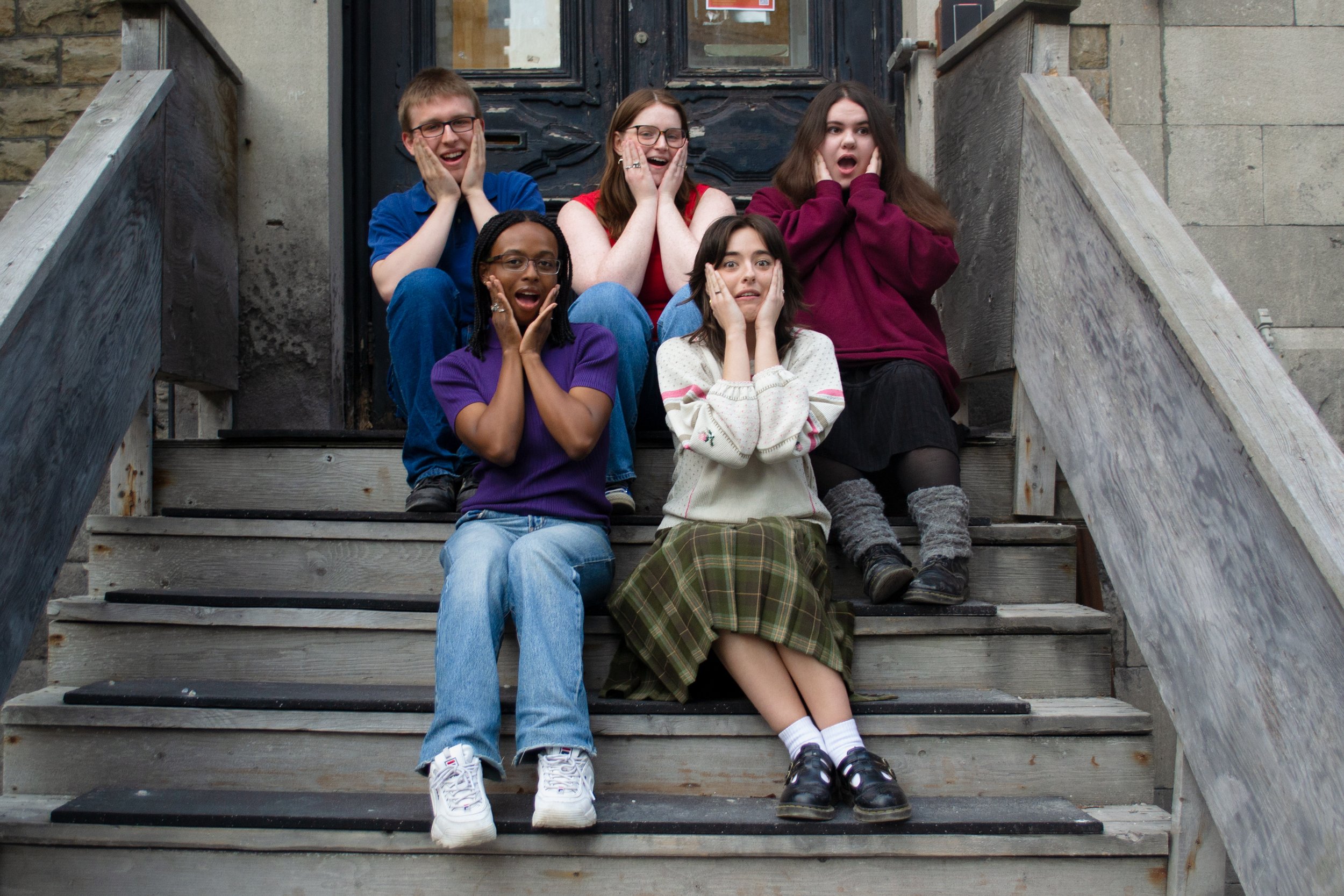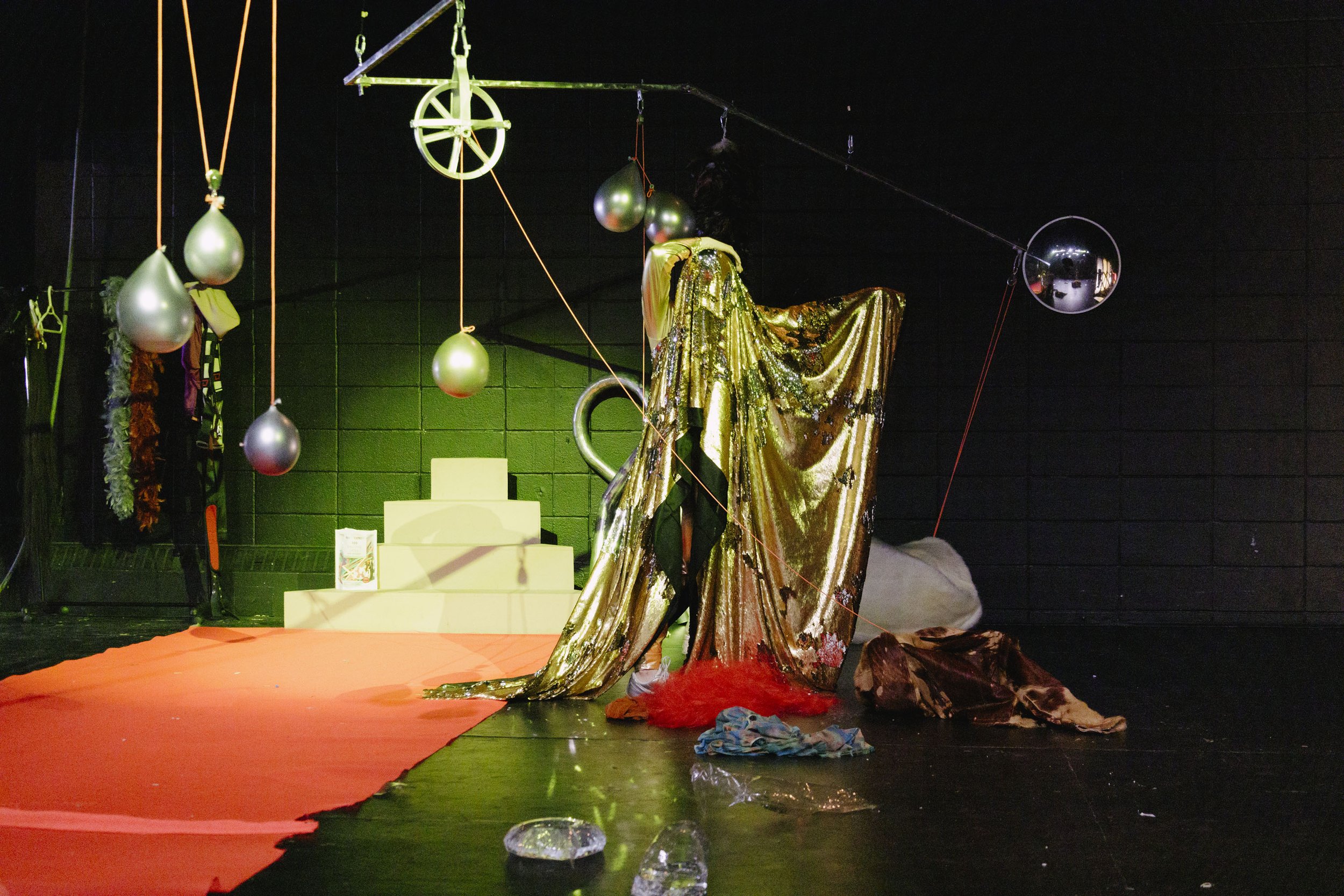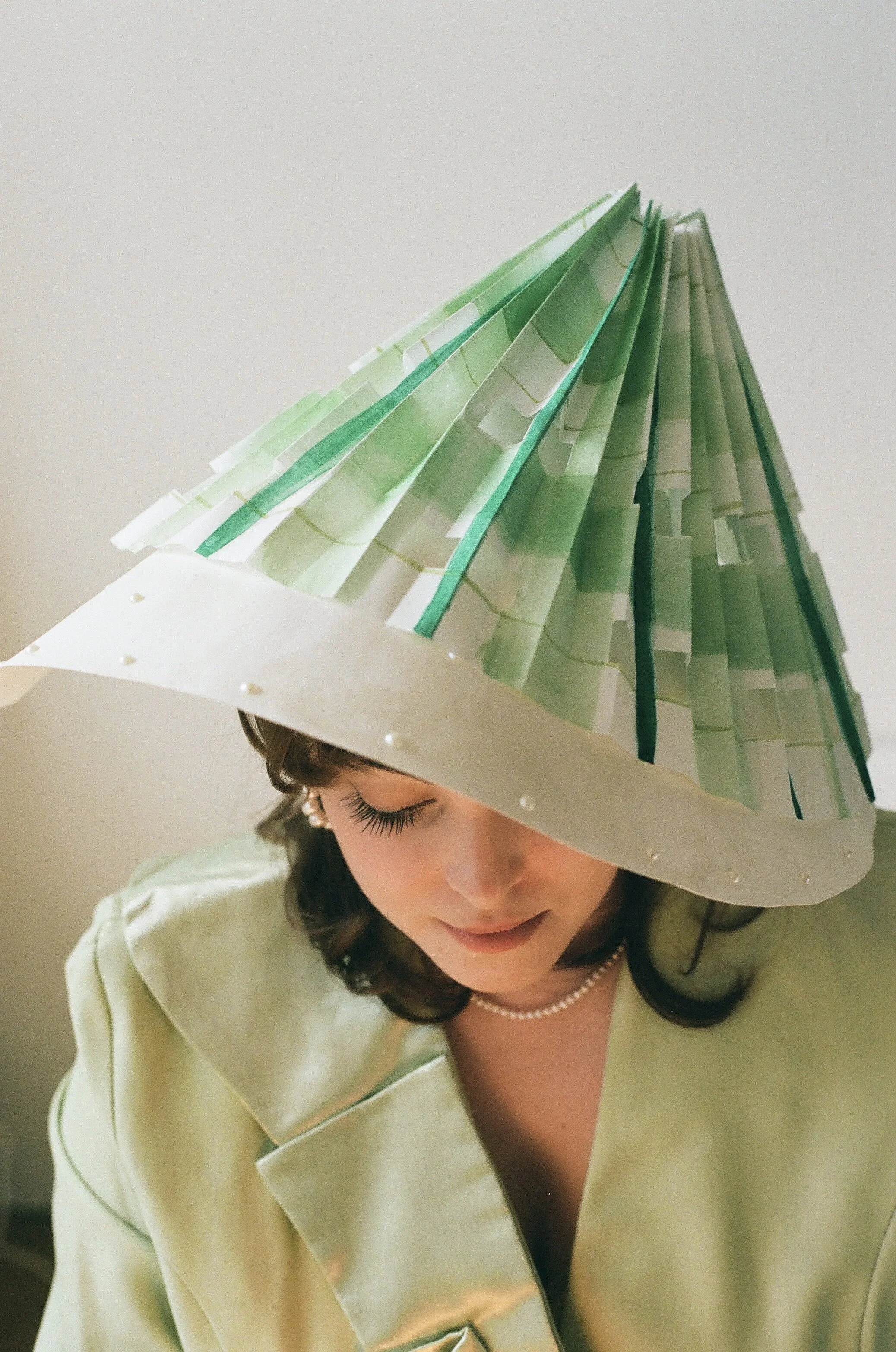Artist Spotlight: Jen O'Connor (Part I)
Jen O’Connor. Photo courtesy of CJ Sommerfeld
Jen O’Connor loves garbage. Confronting it as something other than society’s discarded materials, she merges this sourced waste with oil paints to create something greater than the sum of its parts. Once coalesced on canvas, her foraged pieces are preserved and a new narrative around their existence is constructed. In questioning the perceived lack of utility that surrounds garbage, O’Connor rejects consumerist culture and its intersection with creation, and instead finds use in these rejected objects.
After graduating with a BFA from Emily Carr University of Art + Design in 2020, O’Connor continues to create out of her space in Vancouver’s Chinatown. Anticipate a constellation’s worth of beer cans, debris and other seemingly prosaic items metamorphosed into plausible art-making materials in O’Connor’s works. Don’t expect blatant trash attached to canvas, but instead waste transfigured. By exposing her scavenged cans to high temperatures—a process known as smelting—the cans anodize, extinguishing their silvery colour and transforming to one that’s golden and, at times, iridescent.
Also Cool recently sat down with O’Connor to jump inside her world of beer cans and oil paints. In this first-half of our conversation, we dove into her critiques of consumption in the art world, her TV show titled Trash Talk, and sourcing debris from an off-grid island for one of her most recent works — “Smelt Series”.
The Smelt Series, created on Lasqueti Island B.C. Photo courtesy of CJ Sommerfeld
CJ Sommerfeld for Also Cool: Hey Jen, thanks for taking the time to chat with Also Cool! To get things started: you very cleverly integrate waste into your painting works, how did this practice first come about?
Jen O’Connor: While completing my BFA at Emily Carr, I had some profound realizations about the necessity of consuming products for the making of art. I rejected shopping as the basis for art-making, resolving instead to produce works while buying nothing. This led me away from painting and towards garbage sculpture. I scavenged, found, and borrowed materials, all while also using bodies (mine and others’) through performance. I wanted to know how much I could create without consuming.
This led me to construct an entire theatre in the Easy Park parking lot adjacent to Emily Carr. I then hosted a performance entitled Trash Talk, which was a TV show-formatted performance about waste. I was the host, and would ask participants to join me onstage to discuss issues related to waste. This became an incubator of ideas for sustainable practices; a forum where ideas, jokes and even a think tank emerged in response to the changes that we wanted to see. This series is available to see on my Garbage Conglomerate YouTube channel.
Since this work, I have developed two parallel practices. I’ve resumed my painting practice, and have most recently produced a body of work called “The Smelt Series”. This is an effort to combine post-consumer materials with the traditional materials of art-making, such as paint and canvas. I have also continued my work with video, where I document and animate sculptures and sets through reusing, borrowing materials while incorporating collaborators to create moving paintings.
Also Cool: Your painting practice is self-described as an "analogy to alchemy", one that seeks to derive its redemptive substance from “base matter”. Can you further demystify your work's comparison to medieval chemistry? To clarify for our readers, can you elaborate on the term base matter with regards to your works?
Jen: Alchemists thought that at the root of all matter was the supreme substance of gold, and if they could refine them enough, they could transmute all metals into gold. Each alchemist would have a different definition of what would be considered “base matter”, depending on their practice. Some considered ocean water to be “base matter” because it is the largest ratio of substance on earth. Other alchemists would refer to a “base matter” simply as the material they worked with the most. Personally, I consider my base matter to be garbage or waste — anything that can be acquired for free. When I work with my materials, I seek to transform unwanted garbage into art that has value.
As we know, iron cannot become gold except for perhaps in a particle accelerator. Many other alchemists encountered the difficulty of what it was they had set out to do, and began their work instead on the metaphysical level. If one could tune into the creativity of God and the universe, this transformation could happen at the level of spiritual realization, and it would give them control over all matter.
I also work with the spiritual element of creation in my work by developing my intuition. When working with my materials, I leave a lot of room for the matter to express itself through the processes. I like to think that my process is reflected in the work, and hope that viewers see my paintings as matter expressing itself.
AC: What are some examples of waste materials that we can see in your works? Where do you typically source them?
JO: My definition of waste is broad. I would argue that materials used in the pursuit of reaching certain standards in painting, for example, also create a lot of waste. During my time as a painter, I created dozens of paintings that weren’t any good; they later became building materials for the awning on my Garbage Conglomerate Theatre.
Emily Carr was an excellent place to source materials, and their dumpster became a horn of plenty to an artist like me. However, with increasing bureaucracy and legislation, these free rides became short-lived. ECUAD has since made a great effort to contain their waste under lock and key, so I am no longer able to access it.
Since graduation, I’ve resumed painting practice. Today, my work blends traditional materials such as canvas and paint with what one might consider “waste”. My favourite material to use is beer cans, since they are light and they can be affixed to either canvas or panel. Not only do I use beer cans, I prefer to have them undergo a process of smelting to allow them to reveal their more interesting properties and express themselves as matter before they are incorporated. The smelting process is where I expose the cans to flames and high temperatures, so that they begin to melt and anodize. Since aluminium has such a low melting point, the cans are promptly removed and often have interesting effects. Oftentimes, the anodizing causes the cans to take on golden properties that are reminiscent of alchemy.
I also source a lot of debris from an off-grid island where I like to spend a lot of my time. It is difficult to dispose of waste in this environment, so there are a lot of materials for me to use. I curate the most interesting pieces and what would be easily incorporated into my painting practice and find a lot of visually interesting waste to use.
Check back in to read part 2 of our conversation with Jen O’Connor!
Jen O’Connor
Website | Sacred Projections YouTube | Garbage Conglomerate YouTube
CJ Sommerfeld (she/her) is a Vancouver-based freelance writer with a particular interest in the convergence of language, art and society. When she is not writing, you can find her experimenting with harmonic minor progressions on her keyboard.
































